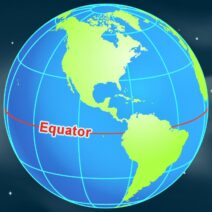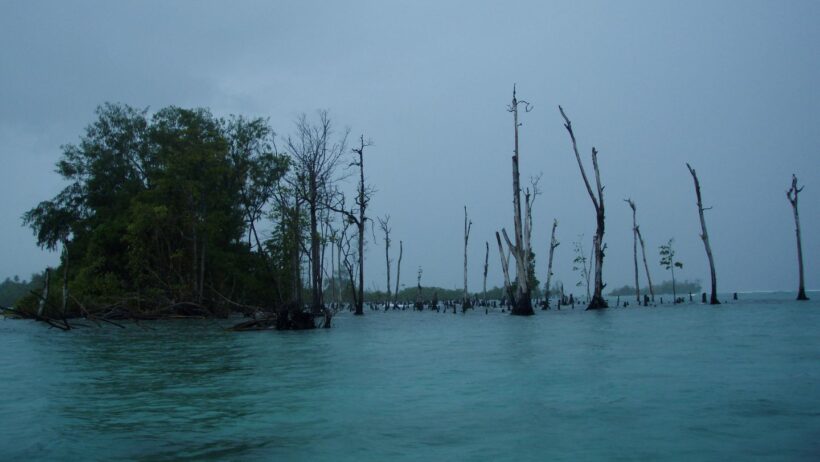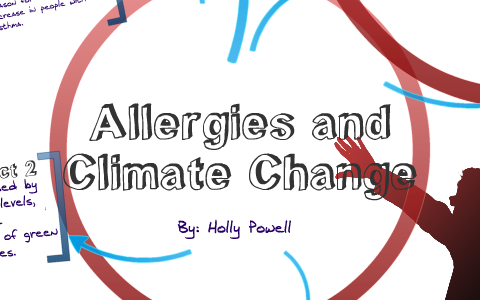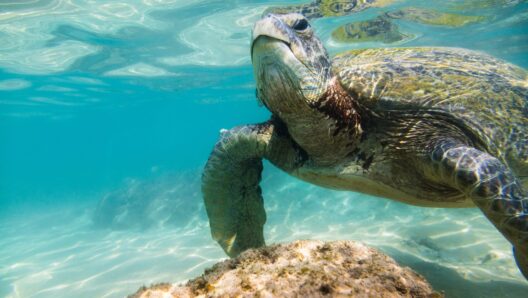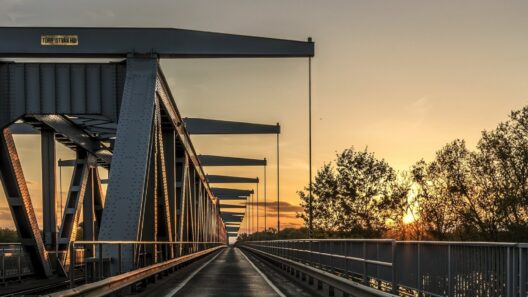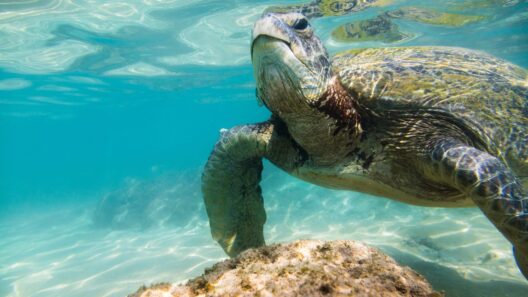Climate change is an inexorable force, reshaping the very geographical and ecological tapestry of our planet. Its tendrils extend far and wide, affecting not only temperature and precipitation but also species survival. Some victims of this crisis are conspicuous, like polar bears or glaciers, but there exists a litany of lesser-known entities whose lives mirror the changes surrounding them. In this discourse, we will delve into the fates of unexpected victims of climate change—from walruses, the blubbery giants of the Arctic, to tree swallows, agile aerial acrobats that adorn our skies.
Walruses, with their formidable tusks and whiskered faces, have long been symbols of Arctic marine life. These colossal pinnipeds are not merely fascinating creatures but critical players in their ecosystem. The ice they rely on is melting at an alarming rate, a direct consequence of rising global temperatures. As the Arctic warms, the habitat that supports their feeding, breeding, and resting habits is evaporating, quite literally under their feet. Without the ice, walruses find themselves besieged, forced to haul out on land in overcrowded groups. This shift not only jeopardizes their physical wellbeing but also instigates fierce competition for limited resources. In essence, they become reluctant refugees, navigating a world that could hardly recognize their former landscapes.
The plight of the walrus is emblematic of a broader narrative about marine life—one that reveals the interconnectedness of species and their environments. As their habitat erodes, the entire ecosystem faces destabilization. Fish populations decline or shift due to changing water temperatures, disrupting the delicate food chain. Thus, the walrus stands as a poignant metaphor for the ripple effects of climate change, where the fall of one entity sends tremors throughout the biosphere.
Shifting our gaze from the icy north to vibrant grasslands and urban areas, we encounter the tree swallow. This small bird, which flits gracefully through the air, serves not only as a charming fixture of summertime but also as a vital indicator of environmental health. Tree swallows are aerial insectivores, playing a crucial role in controlling insect populations. However, their future is grimly intertwined with climate change. Variations in temperature disrupt their breeding cycles, leading to mismatches between the timing of their arrival and the availability of food.
Consider the tree swallow’s summer arrival; it aligns with the emergence of insects crucial to the success of their offspring. Yet as warmer temperatures advance the emergence of insects, swallows may find themselves arriving too late. This disconnect in timing can lead to starvation, reduced breeding success, and ultimately, population decline. Tree swallows symbolize the intricate dance of life, fragile yet essential, highlighting how the minutiae of climate fluctuations can cascade into significant consequences.
The innate adaptability of wildlife is both a strength and a vulnerability. While some species possess a remarkable capacity to cope with environmental changes, others falter when confronted with the unprecedented pace of climate change. The walrus, for instance, may adapt to foraging in new areas or utilizing alternative sites for breeding. However, such adaptability is not a salvageable strategy across all species. For the tree swallow, an inability to adjust to changing food sources and breeding timelines can spell disaster. In this context, they illuminate an elemental truth about biodiversity: resilience can be as ephemeral as the seasonal changes that dictate their lives.
Moreover, the narrative of walruses and tree swallows serves as a reminder of the multifaceted impact of climate change. Coastal habitats breech upon one another across ecosystems, leading to unexpected chains of decline. For instance, as walrus populations shift, so too may the predation patterns affecting seabirds and other marine life. Each adjustment ripples outward through the complex interdependencies of nature, weaving a thread that is both ecologically significant and poignantly human.
To further complicate this ecological tapestry, let us consider the anthropogenic factor—how human activity is both a catalyst and a potential remedy. Urban sprawl, pollution, and climate inertia all intensify the crisis, while conservation efforts can act as lifelines. Preserving wetlands, creating green spaces, and implementing sustainable practices can stymie the rapid declines observed in species like the tree swallow. The synergy between policy and grassroots initiatives can forge a legacy of resilience, one that empowers nature to claw back from the precipice.
Yet this path is fraught with challenges. It demands transformative action, robust advocacy, and cognitive shifts in how society perceives its relationship with nature. The walrus, the tree swallow, and countless other species serve as both victims and witnesses to our environmental choices. They beckon us to re-examine our stewardship of the planet, to understand that the threads of life are interwoven in ways that may elude ordinary perception.
As we navigate the murky waters of the climate crisis, we ought to heed the voices of these unexpected victims. The walrus cries out from melting ice, while the tree swallow sings of lost summers. They remind us of the beauty at stake and the urgency of our collective responsibility. Climate change does not merely alter the landscape; it alters the very essence of life as we know it. The time for reflection must now intertwine with action, for in the fight against climate change, every voice matters—every creature’s existence reverberates through the chiaroscuro of our fragile ecosystem. Let us stand for the walrus and the tree swallow, for in saving them, we inevitably save ourselves.


